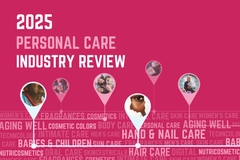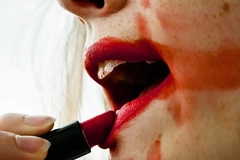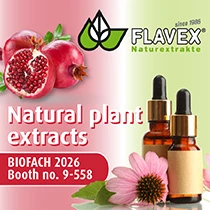AT Research Partners secures nanotechnology patent for anti-aging skin care

AT Research Partners has received a patent in the US for a carbon fullerene with anti-aging application potential. The nanotechnology targets signs of oxygen decay, eliminates harmful microbes, and blocks harmful UV rays.
The research team says: “The inclusion of functional nanoparticles in dermatologic formulations can achieve anti-aging efficacy by naturally improving the skin environment and delivering long-lasting protection that offers a comprehensive approach to skin care.”
AT Research Partners develops intellectual property for PhD and STEM students and researchers. The latest patent includes a specially engineered carbon fullerene — a buckyball — to provide skin protection and rejuvenation in dermatology.
Fullerenes are molecules of carbon atoms with hollow shapes that form hexagonal rings. Buckyballs have many scientific applications, but in skin care formulas, they boast antioxidant and rejuvenation qualities.
“Unlike many photo-sensitive ingredients that lose potency when exposed to light, fullerenes are stable, enabling them to provide more protection and sustained efficacy when exposed to sunlight,” says AT Research Partners.
Securing a patent
The organization indicates that securing patents for independent research can be difficult, especially for anti-aging molecules. This difficulty is due to regulatory hurdles and prior art demands, which refers to all evidence of an invention already in the public sphere.
The latest patent is a continuation of US patent No.12005, issued in 2024, which integrated halogen fullerenes and metallic nanoparticles to provide skin protection, sanitizing, cosmetic enhancement, and potential treatment for various skin conditions.
Last year, Kiehls launched Auto-Tone Discoloration and UV Solution SPF 30, which features Melasyl, a patented L’Oréal ingredient. It was touted as the first cosmetic ingredient to harmonize areas of visible excess melanin to help even skin tone.












